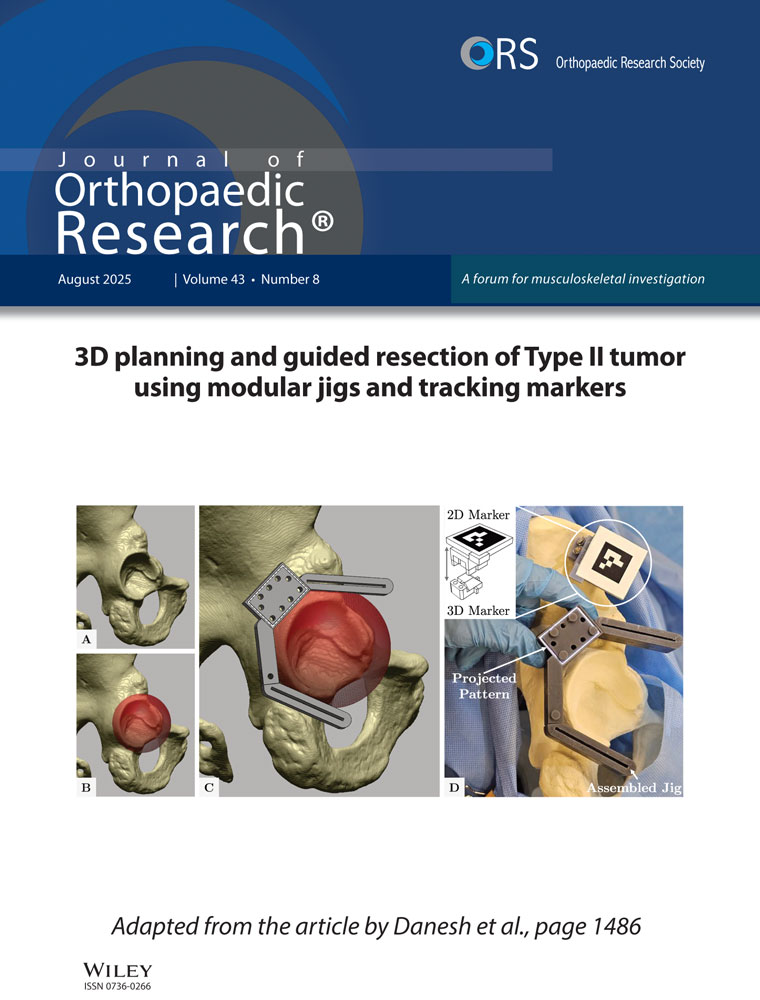Age and ovariectomy impair both the normalization of mechanical properties and the accretion of mineral by the fracture callus in rats
Abstract
The impact of age and ovariectomy on the healing of femoral fractures was studied in three groups of female rats at 8, 32 and 50 weeks of age at fracture. In the two older groups, the rats had been subjected to ovariectomy or sham surgery at random at 26 weeks of age. At fracture, all rats received unilateral intramedullary pinning of one femur and a middiaphyseal fracture. Rigidity and breaking load of the femora were evaluated at varying times up to 24 weeks after fracture induction by three-point bending to failure. Bone mineral density (BMD) was measured by dual-energy X-ray absorptiometry. In the youngest group, 8-week-old female rats regained normal femoral rigidity and breaking load by 4 weeks after fracture. They exceeded normal contralateral values by 8 weeks after fracture. In the middle group, at 32 weeks of age, fractures were induced, and the femora were harvested at 6 and 12 weeks after fracture. At 6 weeks after fracture there was partial restoration of rigidity and breaking load. At 12 weeks after fracture, only the sham-operated rats had regained normal biomechanical values in their fractured femora, while the fractured femora of the ovariectomized rats remained significantly lower in both rigidity and breaking load. In contrast, for the oldest group of rats, 50 weeks old at fracture, neither sham-operated nor ovariectomized rats regained normal rigidity or breaking load in their fractured femora within the 24 weeks in which they were studied. In all fractured bones, there was a significant increase in BMD over the contralateral intact femora due to the increased bone tissue and bone mineral in the fracture callus. Ovariectomy significantly reduced the BMD of the intact femora and also reduced the gain in BMD by the fractured femora. In conclusion, age and ovariectomy significantly impair the process of fracture healing in female rats as judged by measurements of rigidity and breaking load in three-point bending and by accretion of mineral into the fracture callus. © 2001 Orthopaedic Research Society. Published by Elsevier Science Ltd. All rights reserved.




